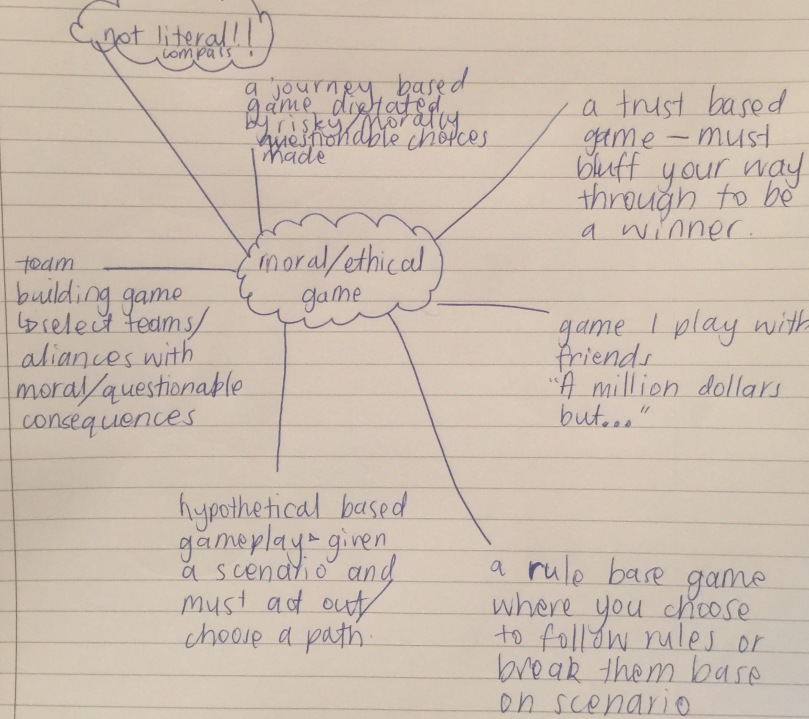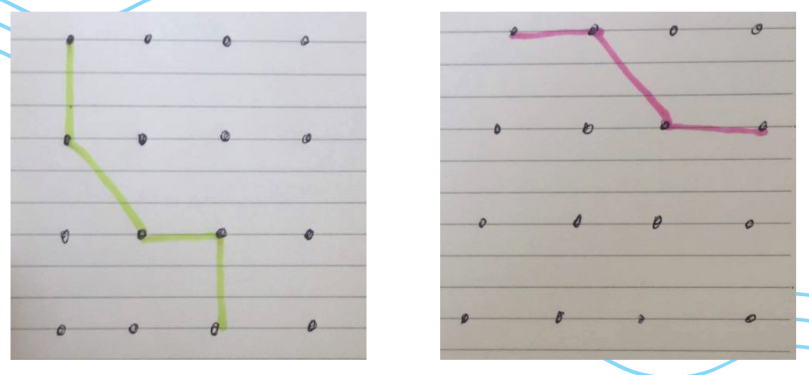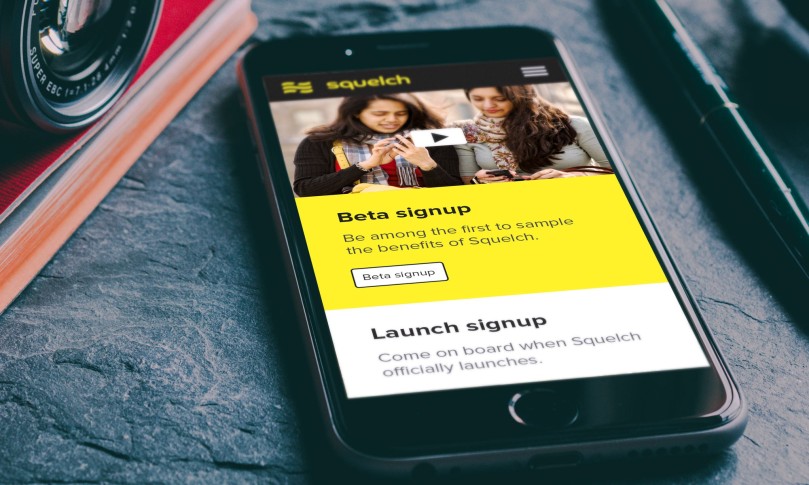Judgement-behaviour: Reading #9
Patil, Indrajeet, Carlotta Cogoni, Nicola Zangrando, Luca Chittaro, and Giorgia Silani. 2014. Affective basis of judgment-behavior discrepancy in virtual experiences of moral dilemmas. Social Neuroscience 9 (1): 94-107.
This text is incredibly imperative to my research. It delves into the decision making process behind people deciding what is perceived to be either morally correct or incorrect. The article establishes that people are heavily influenced by many psychological factors when going through this moral decision making process. It also discusses numerous factors that change peoples perception or opinions on what is right and wrong.
The point of this text was to ultimately determine if there would be a difference in the amount of utilitarian (practical rather than “attractive”) decisions made when responding to a text based session compared to a Virtual Reality simulation.
The results showed that people were more likely to make more utilitarian based decision when using VR over text scenarios. They also experience more emotional responses when using VR. However, how the participants responded also depended on what order they were presented with text and VR simulation. The study suspects that decisions are made with the intention to minimise distress.
As said previously, this text definitely provides usefulness to my research. It really gives insight into human behaviour relevant to my research. I can ultimately conclude that when people interact with my proposed concept, their decision making in regards to morals will be potentially influenced by the consequence their opinion could ultimately have.
In terms of limitations within this article, I don’t believe that there really is any. I think that this article takes my research much more in depth. I now understand how psychology of how a situation is presented impacts the decision made between right and wrong greatly.
Applying this knowledge to my own concept is going to make my design outcome all that much stronger. I think that by presenting people with only the option of “drawing the line” may be limiting and even potentially influential to their opinion. As this article has suggested, having a broader scope of options to respond with could give the decision making process less influenced by external factors.
Action Research #2 – Assessment 1
Link to presentation:
Blog posts mentioned in presentation:
Action Research #2 – Assessment 1
New media on graphic design in computer age: Reading #8
Materializing morality: Reading #6
Design and ethics: Reflections on practice: Reading #5
Francois Knoetze: Our Trash Speaks Volumes
Ideation #2
I am going to start this post with a mind map of game ideas that I had. It will then go through the game design process that I naturally had. This is through mind-mapping and both selecting refining my favourite idea. When brainstorming and developing this game concept I was also able to trial it with a group of friends. This has also become my main form of researching.

From here I chose to pursue the game that I knew I would be able to instantly test and see the effects of. This was the “game I play with friends we call ‘A Million Dollars But…'” This is a game that I know always sparks a seriously heated debate amongst whoever I play it with. It’s inevitable that people value money in relation to material things dependant on how they value them. This, based on my experience, is so varied because people have such an array of ethics and morals with which they were raised to believe and hold with high (or low) regard.
My first round of games all looked like the image below. There was a grid for each player. Each player took a turn at coming up with a hypothetical moral dilemma. You could answer one of three ways and your “moral line” began in the top right hand corner. Yes (draw line to right), maybe (draw line diagonally) and no (draw line down).

This was most definitely having the desired outcome in terms of sparking debate amongst the players. I felt like the concept was strong. However, the visual outcome wasn’t as effective. There was no real purpose to the lines above. They just existed.. They didn’t provide any quantifiable comparison of the moral dilemmas being discussed around the room. They also could be hard to compare if answers were very similar or very different. Once again, there was also no real reason for comparing the lines. What was the point in having an incomparable line that amounted to nothing?
My next change in the game was as can be seen below. The main issue that I wanted to solve with this was the inability to be able to compare the lines. This definitely was more effective in being able to do so.

However, this brought with it a new issue. I didn’t like the fact that by answering “maybe” there was a very similar outcome a lot of the time. Even in the game pictured above, you can see that Player 2 chose “maybe” as a response 50% of the time. I felt like that was something that I should just entirely remover altogether. I offered that idea around the room of players and they seemed to really agree that this would force probably even more discussion over the dilemmas presented.
This brings me to my final concept to date. It can be seen pictured below. This outcome also solves the purpose of having meaning behind the lines. 
I decided to introduce a new layout, the left column would be “yes” lines and the right column would be the “no” lines. this was definitely a lot better in terms of the gameplay itself. It also gave me a lot more flexibility with my concept.
When you saw all of the games drawn together, it reminded me of the scannable codes that link you to online resources or barcodes. That is when I had the revelation of combining the game with an application. By doing this, it means that your outcome can be combined with a database that can in turn show you your answer in comparison to a global result. This is similarly done with story based video games.
In the app I could also have a section that allows people to submit their own questions for the game. As discussed in Reading #6, I will be calling on people to self reflect and mediate when it comes to moral decisions.
New media on graphic design in computer age: Reading #8
Yan, Rushan. 2012;2011;. Innovative methods on Product Appealing Design. A study of the influence of new media on graphic design in computer age.
Through this extensive scope of research I will be looking at the Innovative Methods on Product Appealing Design. This text aims to ultimately address the emotional demand of customers in regard to product characteristics.
This text looks at the competition within markets, the price in relation to quality as well as the presentation of items. This research journal is incredibly extensive. It looks at, and analyses in depth, numerous very specific practitioners in regard to the topic they discuss at length, bionics.
Not only is this text useful to my own research, it is incredibly insightful research in general. The specificity that is addressed it very logically ordered and well presented. These are methods that I will be bringing forth in to my own research. I think that the items discusses, although not particularly relevant, are broken down and analysed in a way that is incredibly useful to my own research topic. I really enjoyed the scope of practitioners they researched and thought that it would have had definitely impact in regard to the success of their product.
The limitation of this extensive research journal is that, despite reading the design sections extensively, I did not come across any useful or relevant information in regards to the ethics and morals that are connoted with the product at hand.
In conclusion, this article definitely contributes to my research as a whole. However, I think I will be drawing less on their outcomes and discussed content and referring to their methods of research.
Design elements: Reading #7
Sherin, Aaris. 2013. Design elements: Using images to create graphic impact : A graphic style manual for effective image solutions in graphic design. Beverly, MA: Rockport Publishers.
This text, specifically Chapter 2: Communicating with Imagery and Chapter 5: Image in Context aim to provide the reader with the sufficient fundamentals needed to create impactful designs. The communicating chapter analyses the basic principles of design and the context chapter delves more in to the impact that the environment around you has on your designs.
The scope of this text is very specific to design elements. It has extensive insight to the theory of design. It also includes numerous examples of each element. It is undoubtedly a thorough source when it comes to the theory behind all things visual.
This book has definitely provided usefulness to my research as a whole. I think that it especially satisfies the limitations presented by other sources. I think that this text provides a very solid basis for my own design outcomes. It ultimately acts as, in a sense, a compass as to which I can create something with high impact and appeal.
This research is definitely limited to very surface level design as a whole. The final chapter does touch on connotations that your design has in regard to surrounding environments, but it does not delve into the cultural, ethical and moral implications in depth.
In reflection, as my previous journal article didn’t do a very sufficient job of providing some more insight to visual medium, this article definitely satisfied those limitations.
Materializing morality: Reading #6
Verbeek, Peter-Paul. 2006. Materializing morality: Design ethics and technological mediation. Science, Technology, & Human Values 31 (3): 361-80.
This text looks at the concept of technologies that are influenced by behaviour, or otherwise known as mediation. It ultimately aims to analyse and discuss the social impact that technology has in regard to designing software and the implications of mediating these technologies.
The text draws on a very broad scope of professionals within the industry of behavioural patterns as well as software developers and designers. The text also looks at philosophers, designers and practitioners that have come under criticism. Therefore, the scope is very broad and the text is very in depth.
This text does provide some usefulness to my research. I think that it definitely brings forth some particular points of interest, like the concept of having people mediate themselves rather than being told what is mediating.
This article is limiting in regard to the practitioners that are discussed within. It does not include graphic designers. I think that this is definitely something I will have to continue further delving in to. The topics discussed are useful in regard to my own research topic, but there are definite limitations within this text. This is especially in comparison to Design and ethics: Reflections on practice: Reading #5.
In conclusion, this article will undoubtedly contribute to my research. Especially the discussion about self mediation mentioned in the text. However, I will have to continue to do more visual practitioner specific research.
Design and ethics: Reflections on practice: Reading #5
Felton, Emma, Oksana Zelenko, Suzi Vaughan, and Inc ebrary. 2012;2013;. Design and ethics: Reflections on practice. Abingdon, Oxon [England];New York, NY;: Routledge. Accessed August 4, 2016.
Specifically, I want to draw particular attention to the chapter titled Part II: Communication design. The aim of this text is to ultimately take in to consideration the impact that design has on society as a whole, especially calling things like branding and marketing to question. Research methods are mainly extensive research and critical analysis of other practitioners within the field of design. The projects discussed are highly controversial.
The author proposes three fundamental questions that essentially amount to the first being, is there an underlying motive behind socially oriented design initiatives. The second question is what areas of expertise does design bring to these initiatives and the third is how does design either exploit or negotiate differences in culture?
This is definitely my most useful text I have researched to date. It has even provided me with an extensive list of practitioners that I will definitely have to do some more research on.
In regards to limitations of the text, I am failing to see any at this point. I think that as it is the beginning stages of my new line of research, it doesn’t present any contradictions or areas that aren’t appropriately covered. That may change as my research scope continues to become larger and more specific.
I think that this text has really narrowed my scope a considerable amount. This is exactly in-line with my research question and undoubtedly spotlights all of the topics that I have seen repeatedly become evident as I research practitioners. From here I would like to continue down this line of research. I think my next step in my research task would be additional and more refined research, despite how in depth this text is, in regard to how technology plays a part in design and ethics.
David Airey: Squelch
Airey, David. 2012. “David Airey,” Squelch. Accessed August 1, 2016. http://www.davidairey.co.uk/squelch/.
David Airey has developed an application branding concept, presented to him by Squelch, that is available on all mobile devices. It was created with the intention of connecting people that share very similar and specific interests. It essentially provides an ultimate platform that combines multiple social media platform concepts.
The application aims to take the “white noise” that other platforms have and filters it so that you receive the relevant information desired according to your preferences. The aim of the project was to create logo/symbol, a wordmark and a identifiable colour palette for the branding.
 Image Source: http://www.davidairey.co.uk/squelch/.
Image Source: http://www.davidairey.co.uk/squelch/.
The concept of connecting people through an application based social platform is the most relevant and useful to my own research topic. It is the idea that everyone is connected through this one platform that is of most interest to me. Also, the branding itself is key to my own project. David Airey has selected a very distinct colour palette that is very bold and easily identifiable to the brand itself. I have been considering adding an online component to my own creative outcome, so the actual design and branding of the application is imperative to my research.
There are definitely some key concepts in this application and branding that definitely will be helpful when it comes to developing concepts for my own research question. I think that the main limitations, in regard to my own research question, are the interactive components of the application. Although it connects people, it doesn’t have the notion of a collective outcome. I think that this is something further research will satisfy. More research in regards to things like story-based video game outcomes would be ideal.
This project will definitely contribute to my research in regards to strong, effective and refined branding. This is as well as the key concept of connectedness that the application is based on. Upon reflection, it has definitely given me some ideas, as previously mentioned. Although, additional research will definitely have to still be completed to gain more of a scope on my own project.
Francois Knoetze: Our Trash Speaks Volumes
Mann, Dave. 2016. “Young South Africa: Francois Knoetze” Our trash speaks volumes. Accessed July 31, 2016. http://10and5.com/2014/06/13/young-south-africa-francois-knoetze-trash-speaks-volumes/.
This project is primarily a performance art piece that takes place in the norms of everyday society. It is filmed and edited in a way that conveys a story that aims to provoke thoughtfulness in the viewer. There is a controlled component of the video which encapsulates the interaction of the sculpture and a specific space and there is a uncontrolled component which is the reaction of viewers/audience members in the environments.
The purpose of the project is to bring in to focus the fact that he believes our trash is a direct reflection of the human race. It challenges the uniformity and “newness” that sweatshops and factories project. This is all whilst emphasising the endless diversity that reclaimed objects yield. To quote Francois directly “I like to believe that ‘trash’ isn’t trash until one calls it that, but rather a socially and culturally negotiated concept that helps lubricate the act of consumption.”
 Image Source: http://10and5.com/2014/06/13/young-south-africa-francois-knoetze-trash-speaks-volumes/
Image Source: http://10and5.com/2014/06/13/young-south-africa-francois-knoetze-trash-speaks-volumes/
The topics that Francois brings to light in his work are most definitely useful to my own research. Similar to Kalman and Airey he creates some necessary and healthy discussion. His pieces of work are bold and eye-catching. They cause people to openly question not only what they are, but what they mean. This is something that I find of particular interest and usefulness in regard to my own research.
In regards to my own research, this project has limitations when looking at the topics that I myself want to highlight. He has a very specific issue that he approaches with a method that is largely a controlled and uncontrolled performance. I would like to emulate the effects that his work has in a more graphic representation.
Upon reflection, I think that this project will most definitely be contributing to my own research when it comes to concept. I think that this practitioner provides some scope in my research and definitely will contribute to my own creative outcome.